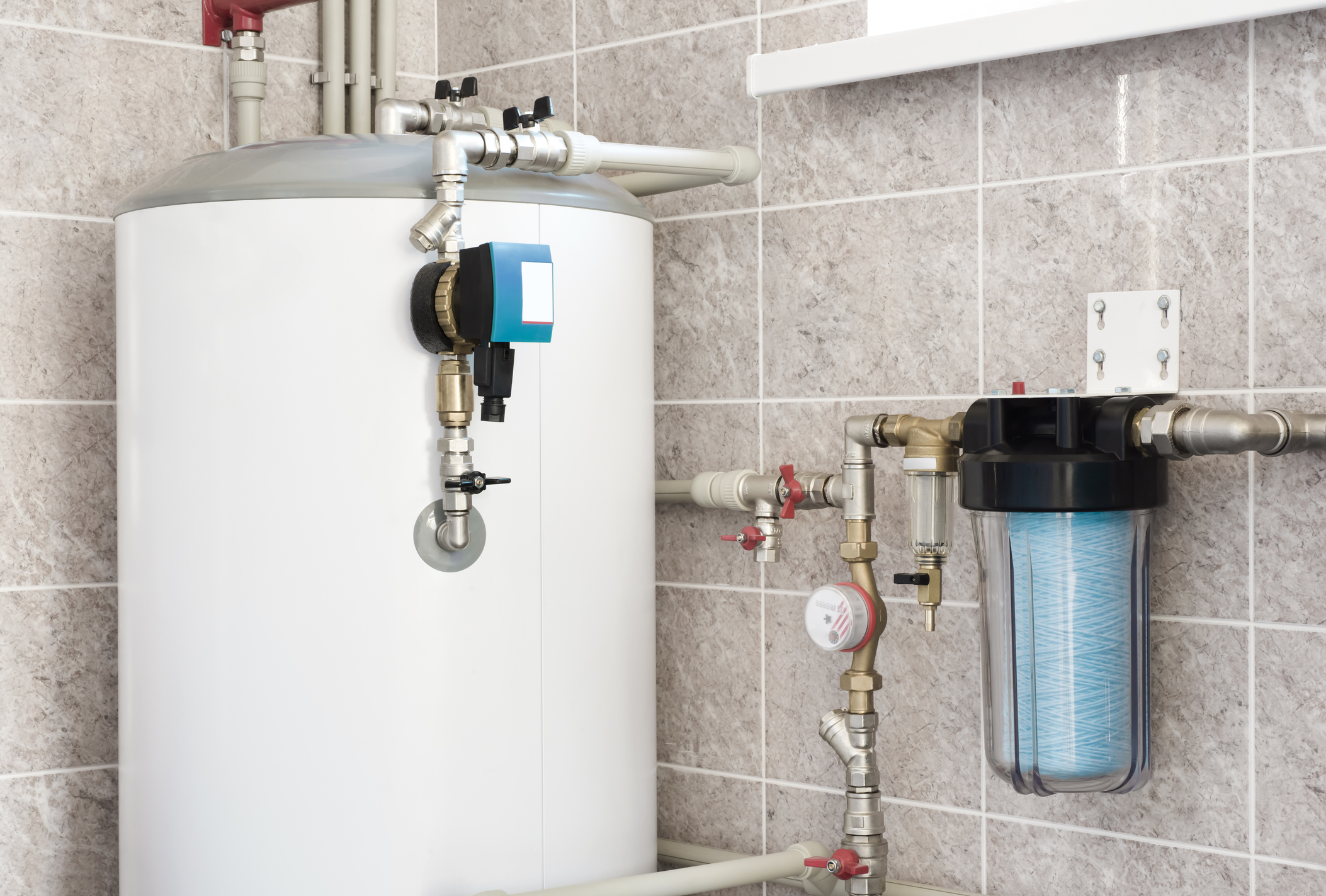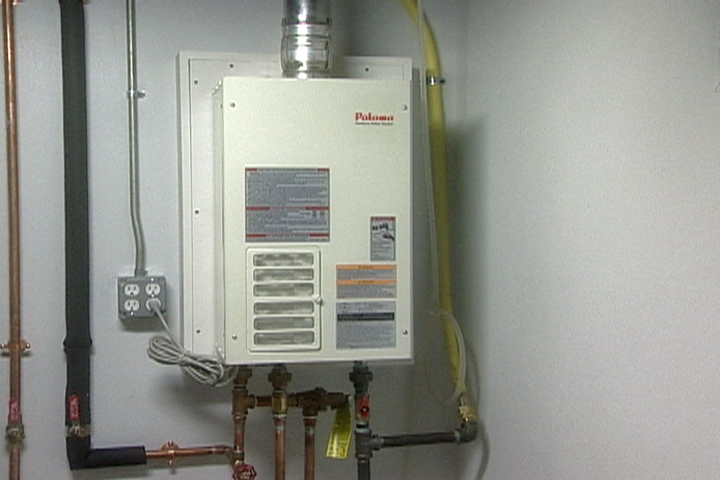Maintaining Your Home's Hot Water System: Essential TipsEasy Steps to Maintaining Your Home's Hot Water SystemExpert Tips for Maintaining Your Home's Hot Water System
Maintaining Your Home's Hot Water System: Essential TipsEasy Steps to Maintaining Your Home's Hot Water SystemExpert Tips for Maintaining Your Home's Hot Water System
Blog Article
The article author is making a few good observations regarding How to Maintain Your Water Heater & Prolong its Life as a whole in this content following next.

Hot water is necessary for daily convenience, whether it's for a refreshing shower or washing dishes. To guarantee your hot water system runs efficiently and lasts much longer, regular maintenance is vital. This short article provides functional tips and insights on just how to preserve your home's hot water system to stay clear of disruptions and expensive repairs.
Introduction
Keeping your home's hot water system could seem overwhelming, but with a couple of straightforward steps, you can guarantee it runs efficiently for several years to find. This overview covers every little thing from understanding your warm water system to do it yourself maintenance pointers and knowing when to contact specialist help.
Value of Keeping Your Warm Water System
Routine upkeep not just extends the life expectancy of your warm water system yet also ensures it runs efficiently. Ignoring upkeep can bring about decreased effectiveness, greater power bills, and even premature failure of the system.
Indicators Your Warm Water System Demands Maintenance
Understanding when your warm water system requires focus can protect against major issues. Watch out for indications such as irregular water temperature level, strange noises from the heater, or rusty water.
Understanding Your Hot Water System
Before diving right into upkeep jobs, it's practical to recognize the standard parts of your warm water system. Generally, this includes the water heater itself, pipes, anode rods, and temperature controls.
Monthly Maintenance Tasks
Regular monthly checks can help catch small concerns prior to they rise.
Purging the Hot Water Heater
Purging your hot water heater eliminates sediment buildup, improving efficiency and lengthening its life.
Monitoring and Changing Anode Rods
Anode rods avoid corrosion inside the tank. Inspecting and changing them when broken is critical.
Checking and Readjusting Temperature Level Settings
Adjusting the temperature setups makes certain ideal efficiency and safety and security.
Do It Yourself Tips for Upkeep
You can execute several maintenance tasks on your own to maintain your warm water system in top problem.
Checking for Leaks
Routinely evaluate pipes and links for leaks, as these can bring about water damage and higher bills.
Testing Pressure Alleviation Valves
Testing the pressure safety valve ensures it operates correctly and avoids excessive pressure accumulation.
Insulating Pipes
Insulating hot water pipes reduces warmth loss and can save power.
When to Call a Specialist
While DIY maintenance is beneficial, some concerns require specialist know-how.
Facility Problems Requiring Specialist Help
Instances consist of significant leaks, electric problems, or if your water heater is regularly underperforming.
Regular Expert Upkeep Perks
Professional maintenance can consist of extensive assessments, tune-ups, and making certain conformity with security criteria.
Final thought
Normal maintenance of your home's hot water system is important for efficiency, durability, and expense financial savings. By following these suggestions and recognizing when to look for professional assistance, you can ensure a trusted supply of hot water without unforeseen disruptions.
How to Maintain an Instant Hot Water Heater
Before tinkering with your hot water heater, make sure that it’s not powered on. You also have to turn off the main circuit breaker and shut off the main gas line to prevent accidents. Also turn off the water valves connected to your unit to prevent water from flowing into and out of the appliance. 2. When you’re done, you have to detach the purge valves’ caps. These look like the letter “T” and are situated on either side of the water valves. Doing so will release any pressure that has accumulated inside the valves while at the same time avoid hot water from shooting out and burning your skin. 3. When the purge valves’ caps are removed, you have to connect your hosing lines to the valves. Your unit should have come with three hoses but if it didn’t, you can purchase these things from any hardware or home repair shops. You can also get them from retail stores that sell water heating systems. Read the user’s manual and follow it to complete this task properly. When the hosing lines are connected, open the purge port’s valves. 4. You should never use harsh chemical cleaners or solutions when cleaning your unit. Make use of white vinegar instead. It should be undiluted and you’ll probably use about 2 gallons. 5. Now flush your water heater. This task should probably take about 40 minutes. We can’t give you specific directions for this because the procedure is carried out depending on the type, model and brand of your heater. With that being said, refer to the user’s manual. 6. When you’re done draining the unit, you have to turn off the purge port valves again. Remove the hosing lines that you earlier installed on each of the water valves. Put the valve caps (purge port) back in their respective places and be very careful so as not to damage the rubber discs that are found inside these caps. 7. Now that everything’s back in place, check your user’s manual again to find out how to reactivate your water heating system. 8. Once it is working, turn one of your hot water faucets on just to let air pass through the heater’s water supply pipes. Leave the tap on until water flows smoothly out of it. https://www.orrplumbing.com/blog/2014/september/how-to-maintain-an-instant-hot-water-heater/

I was made aware of that editorial on Tips on Maintaining a Water Heater through a good friend on our other domain. Enjoyed reading our review? Please quickly share it. Let another person discover it. Bless you for being here. Come back soon.
Book Service Report this page